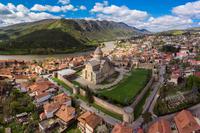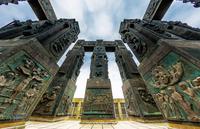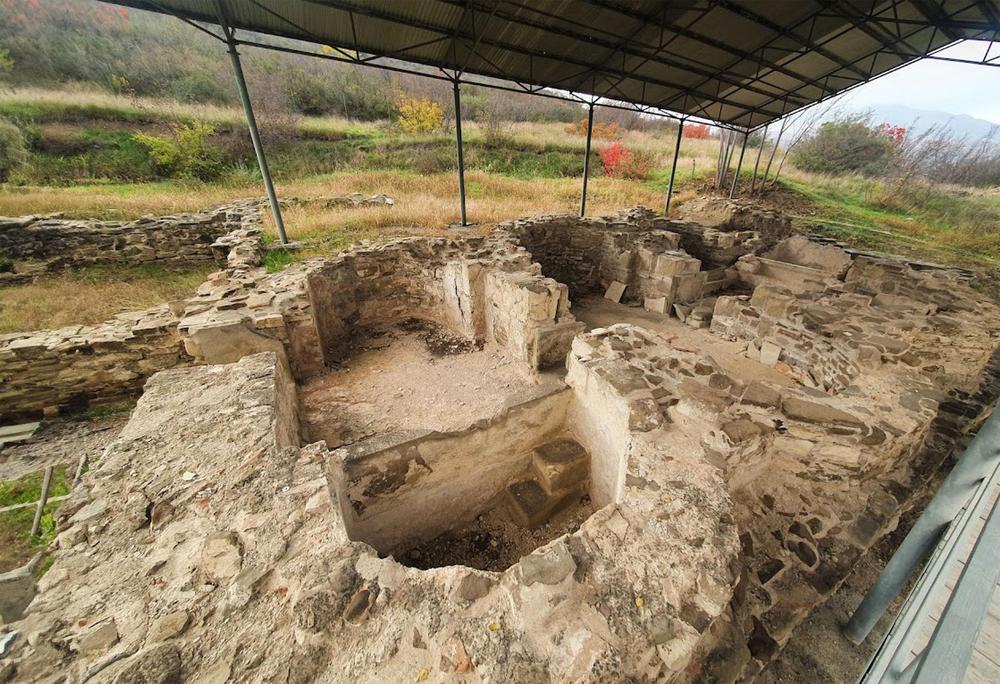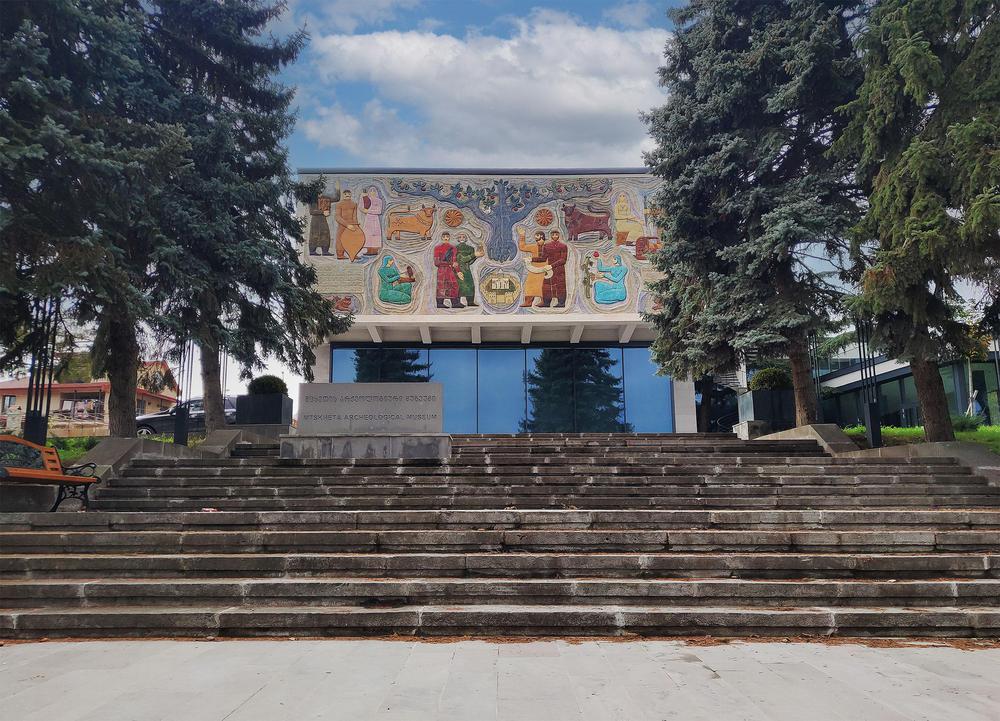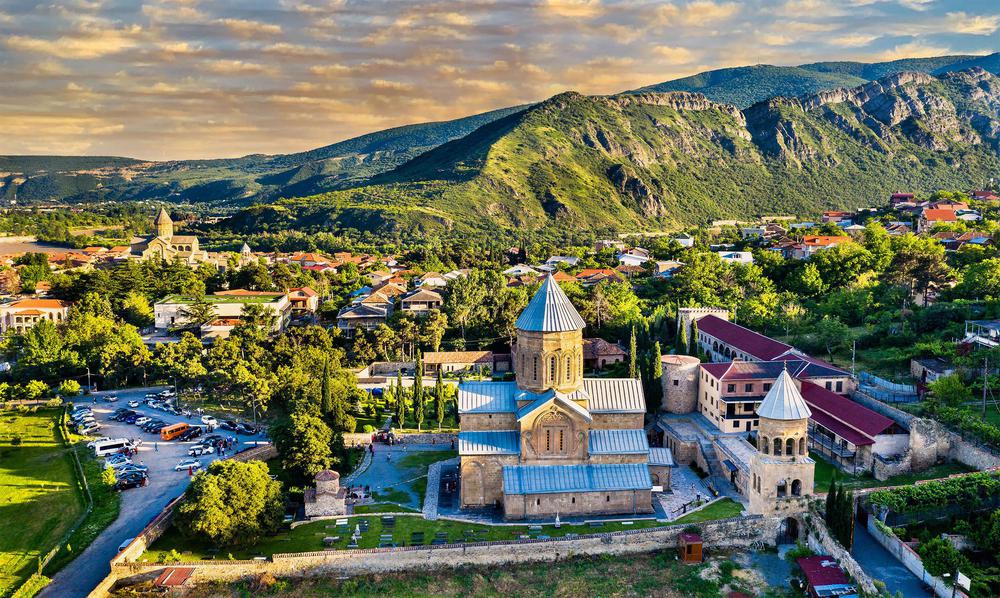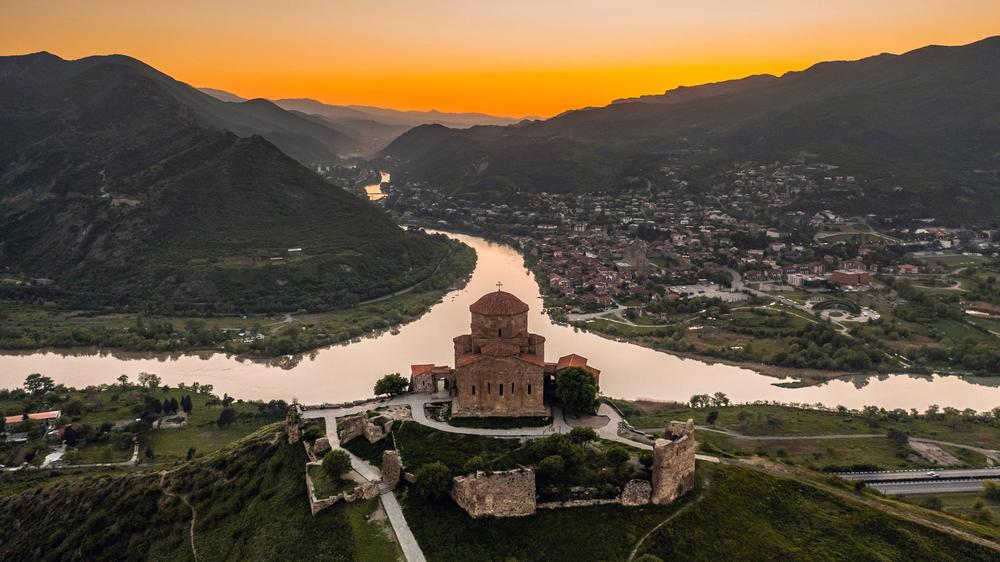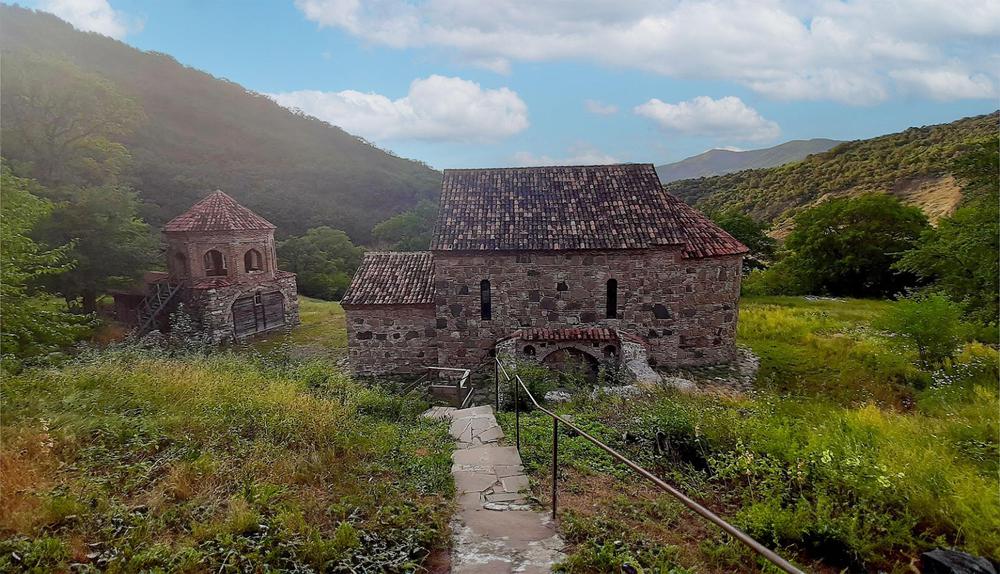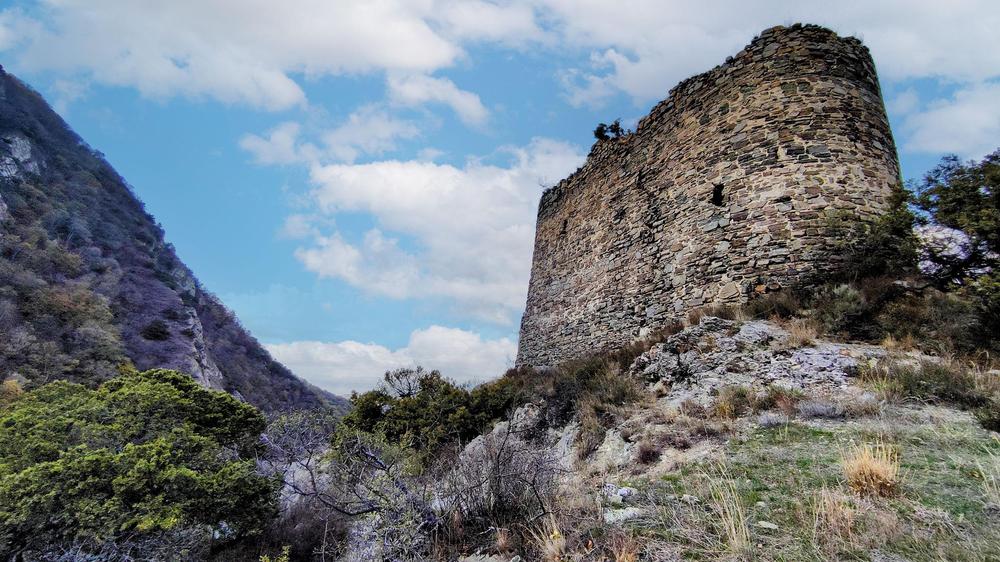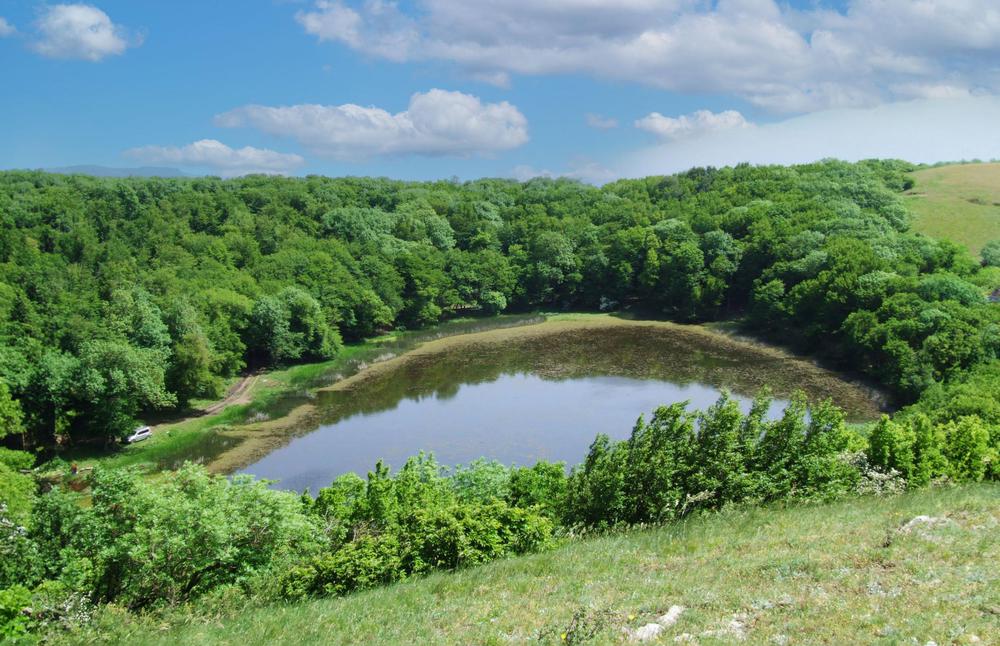Nestled in the city of Mtskheta, Georgia, the Antioquia Church, now bearing the name of St. Stephen, stands as one of the earliest examples of Christian architecture in the region. This sacred edifice, dating back to the 4th-5th centuries CE, shares its landscape with several other holy places named after revered Eastern locations, including Betlemi, Tabori, Golgota, and Getsemania.
The Antioquia Church is steeped in rich historical lore. Its name harks back to Ioane I, a seminal figure in Christian history elected patriarch of Antioch at the Council of Nicaea in 325. During the early days of Christianity in Georgia, King Mirian appealed to the Roman Emperor Constantine the Great to send Ioane I for the conduct of baptismal rites.
The church's construction signifies a milestone in Georgia's history. According to Kartlis Tskhovreba, a major chronicle of Georgian history, King Archil I commissioned the church's construction as a token of gratitude to God, following the expulsion of the Persians.
A beacon of enduring faith, the structure of Antioquia Church has evolved over centuries. The site hosts structures from various epochs, such as a hall church from the 7th-8th centuries and a vestibule complete with a tower added in the 16th-17th centuries. Notably, a stone bearing a Greek inscription once graced the church's threshold, bearing testament to the architect behind its construction, the Greek Averlios Akolios. This historical artifact now finds a home in the Mtskheta Museum.
Despite the onslaught of Marwan II's invasions in the 8th century, which led to the church being burned down, the Antioquia Church demonstrates resilience. Comprehensive restoration works carried out during the 15th to 18th centuries have ensured the church's continuance, although its current appearance deviates from its original form.
In modern-day Georgia, the Antioquia Church, also known as the Stepantsminda Cathedral or the church of Saint Stephen the Martyr, continues to be an active religious site. A functioning convent further adds to the spiritual ambience of the place. Positioned at the meeting point of the Mtkvari and Aragvi rivers, this church remains a testament to the deep-rooted Christian tradition in Georgia, captivating visitors with its historical richness and architectural grandeur.



